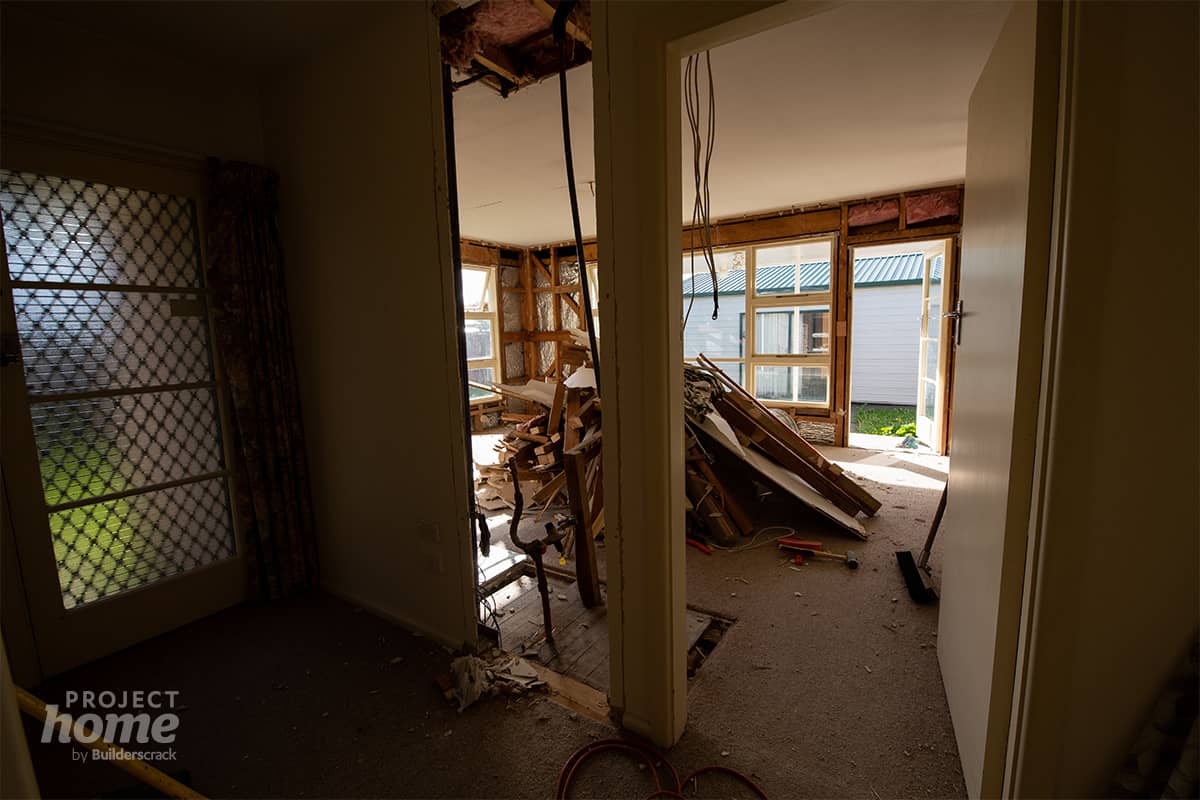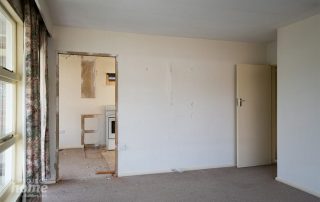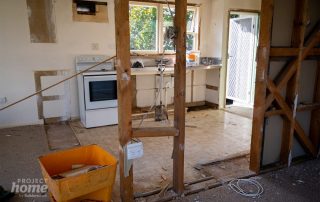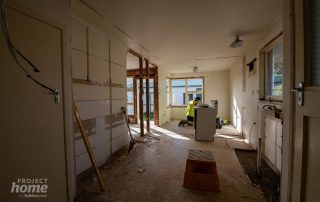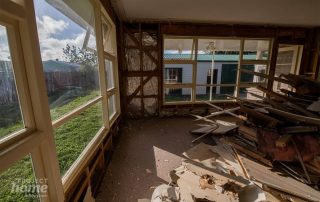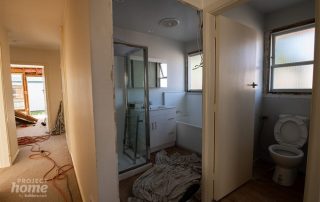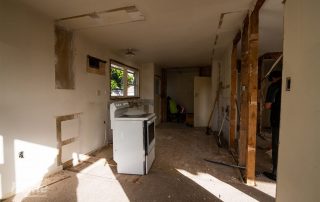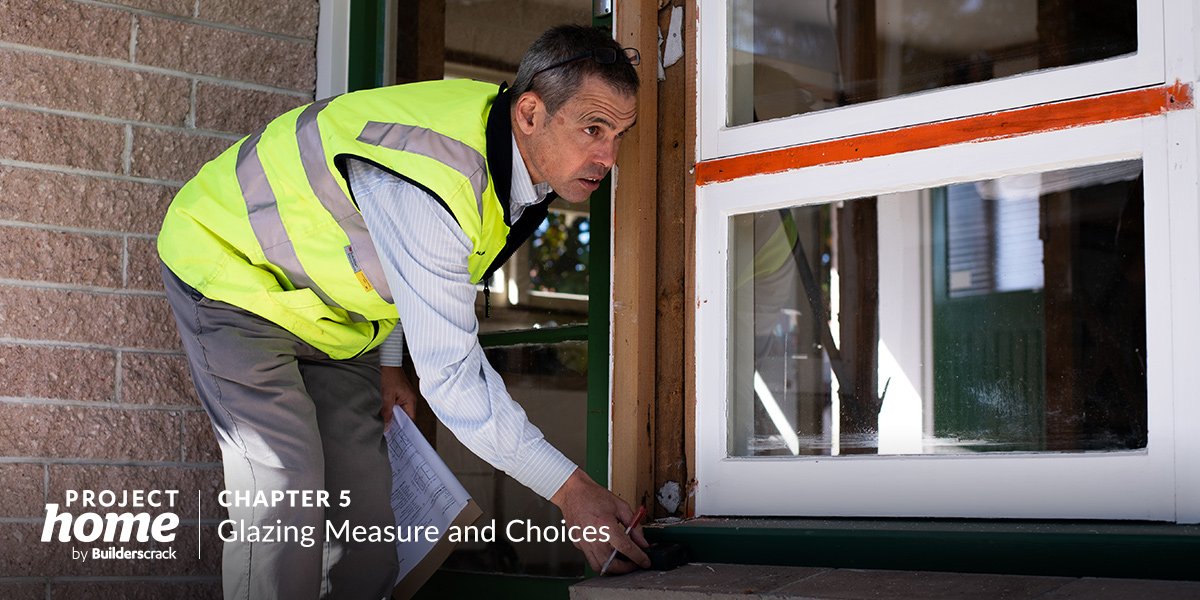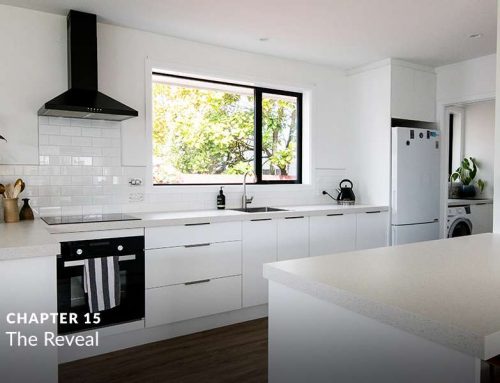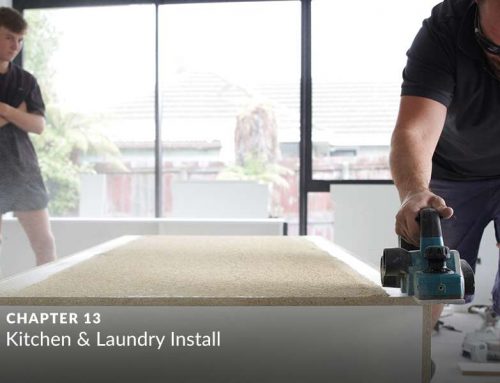In this series, we follow a Christchurch couple in their bid to turn their 1960’s fixer-upper, from a retro rental to a modern home.
If you’ve ever considered buying an older home but have lacked the confidence to tackle something totally outdated, this guide is for you. It’s a whole lot of fun, and not as hard (or anywhere near as risky) as you might imagine.
In the previous chapter, Jeremy and Alana shared how they approached the task of finding a builder; the questions they asked and what they were looking for.
With their builder found, and pricing agreed; it’s time to go.
Day one was a key day for their renovation. They’d plan with their builder, all the trades they’d need, and identify these tradespeoples’ various roles in the renovation. Mark (their builder), needed the house electrically isolated, so it was safe to begin work. Then it was straight into demolishing the old in preparation for the new.
So how did day one start, what were the priorities?
With their builder contracted, and the high-level plan settled on, it was time to get into the nitty-gritty. Work would start at 7:30am, and begin with a short planning session to determine priorities and goals.

What did your plan look like at the end of the initial session?
After spending some time discussing the finer details of the project, Jeremy and Alana had a long list of jobs, and the respective trades that these jobs would be done by. Future chapters will cover each trade and the jobs they were responsible for in more detail.

After the planning session was taken care of, what was next?
Now that Jeremy and Alana had the full list of trades they’d need to complete their renovation, and Justin the electrician had made the site safe, Mark could focus on demolition.
Since Justin was on-site, they all took the opportunity to discuss various electrical aspects of the project, like ballpark dates on when new wiring could be installed, and what Mark should do with any wires which were being moved.

